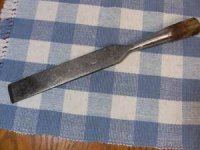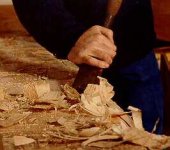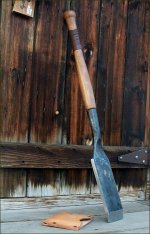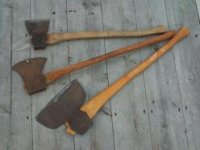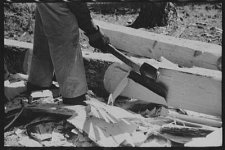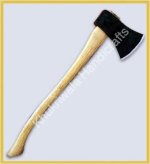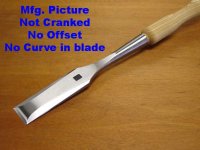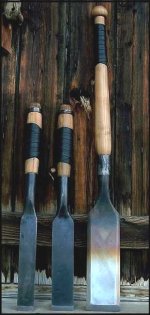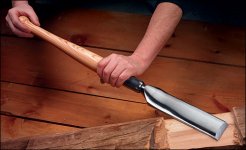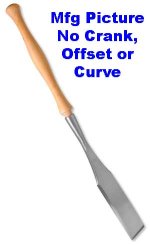crash325
Elite Member
First is a socket chisel. I would disagree that it was only meant to be used by hand. Usually the steel socket was for a chisel that was to be pounded on. Given the size, I would assign it the task of 'clean up' for moritse and tennon joints. Or, put a 3' handle on it to clean the bark off of logs.
Second is a broad axe. The handle of which would originaly be offset (curved) to keep your knuckles away from the timber being shaped. Been there, done that. Snap a chalkline the length of the timber. Chop in every foot to the depth of the chalkline. Use the broad axe (with offset handle) to remove the stock down to the line to square up the timber.
#3 is just an ugly hatchet.
#1 Is a "Slick" and is used to finish smoothing beams. No Hammering as the handle was not designed for that. That (improper use) may be what split the top of the original handle. See the picture of a wooden handled chisel meant to be hammered on.
#2 Not a true axe although most modern names include Axe. It is more of a chisel with an offset handle. Goose wing is the name of a German tool used for the same purpose. It is used for the same job as the "Slick." Some modern names are Carpenter axe, Right Wing, & Finishing Axe. A true Broad axe is sharpened on both sides and most have a curved blade
#3 Everyone got that one right.
:thumbsup::licking:

